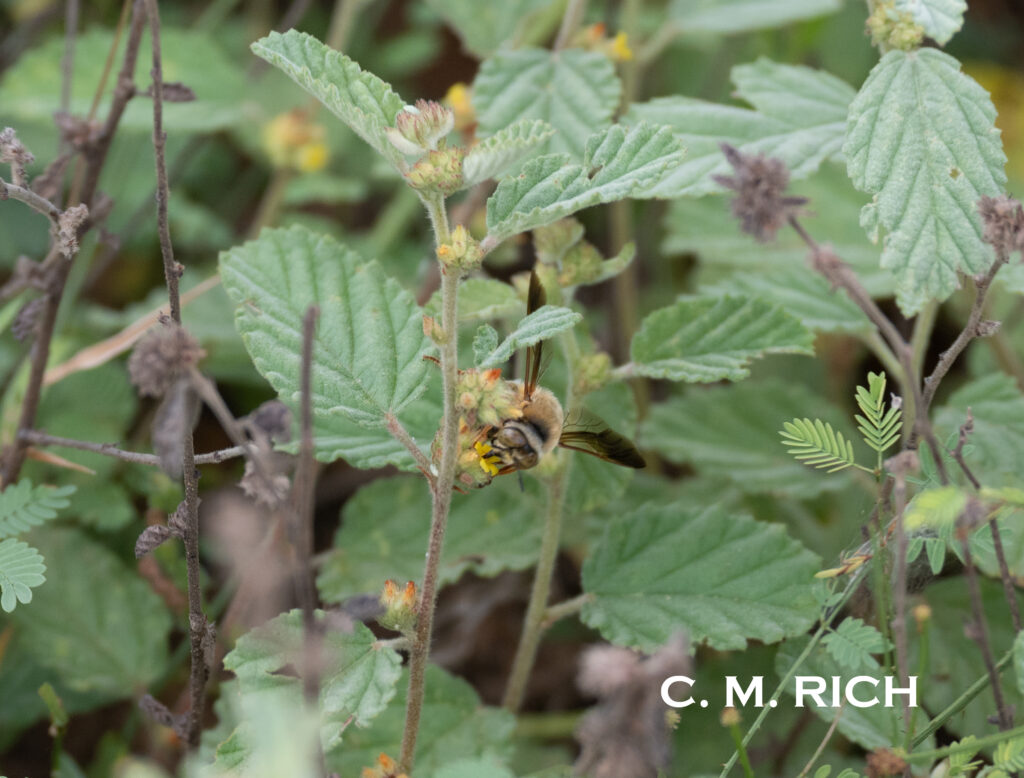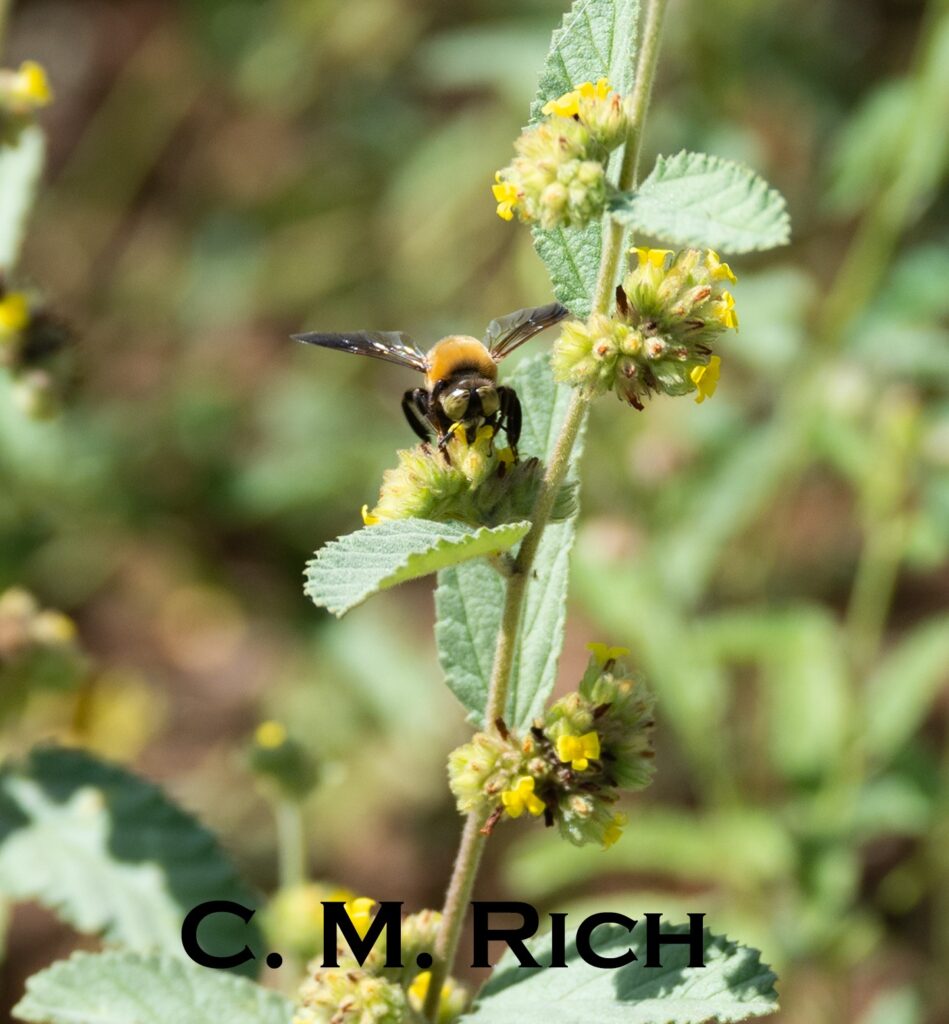Roemer’s Acacia
Senegalia roemeriana
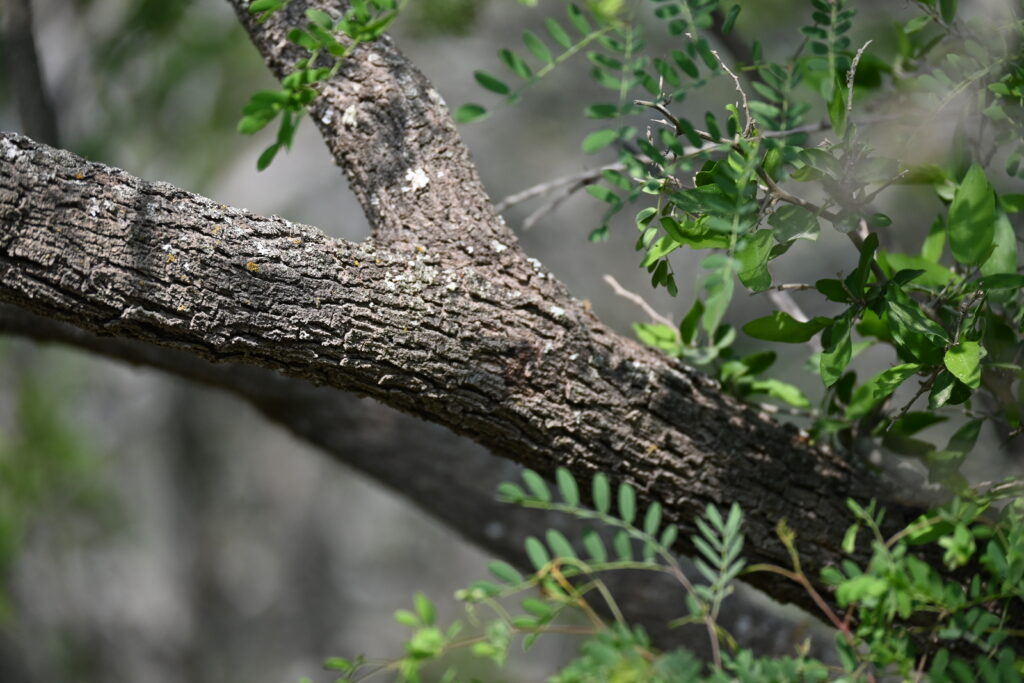
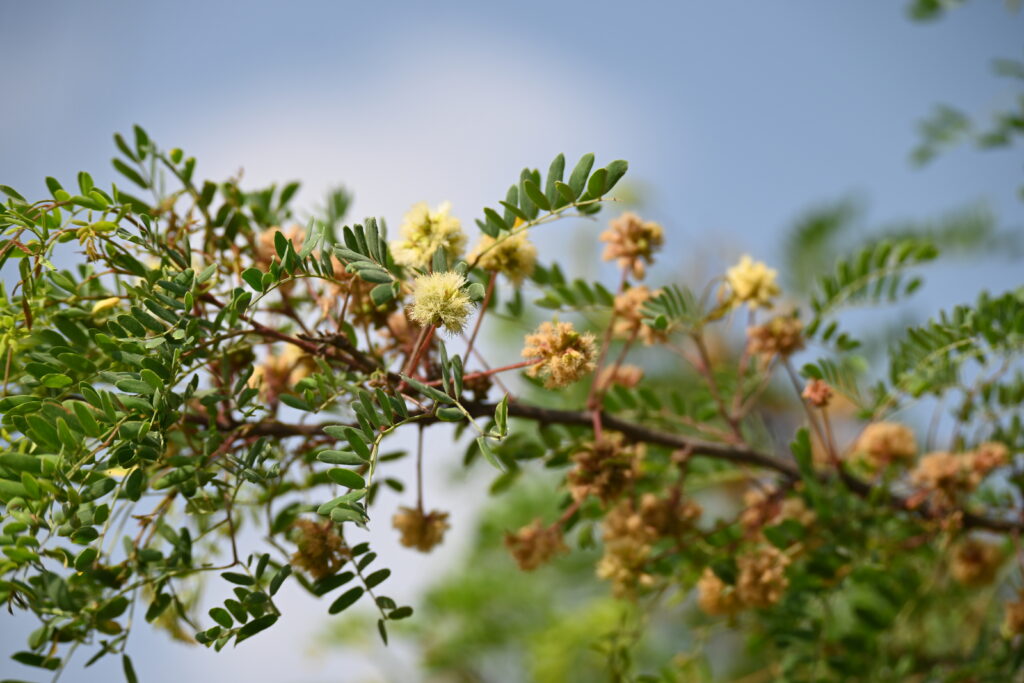
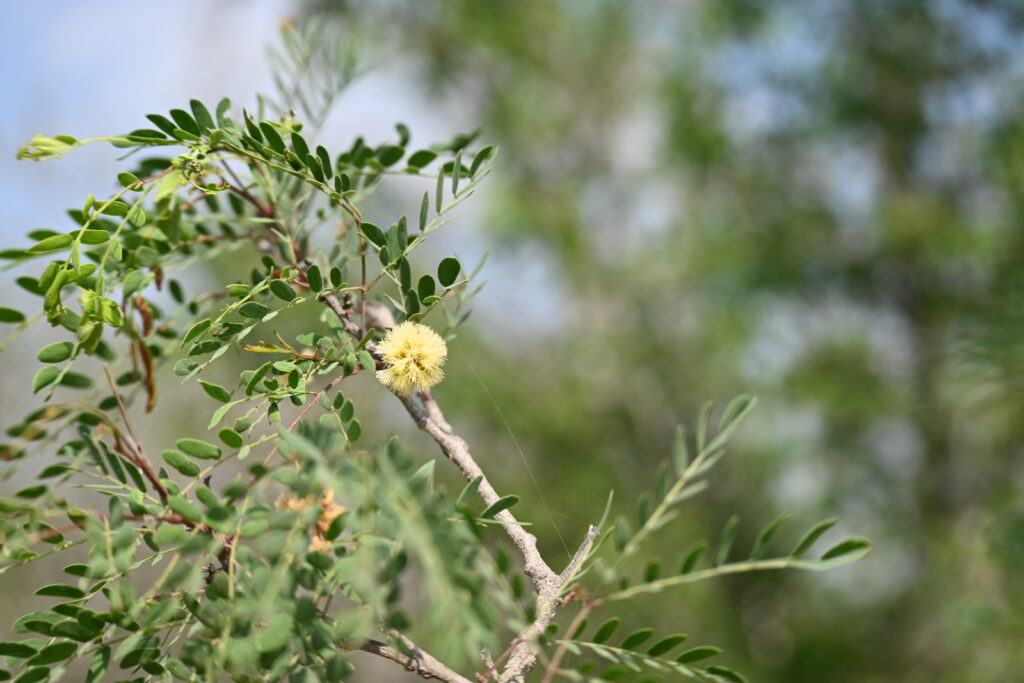


“This is a prickly, 3-7 ft., round-topped shrub or, more rarely, a small tree to 20 ft. with spreading branches. Branchlets with scattered straight or recurved prickles. Leaves divided into numerous leaflets 1/2 inch long or less. Fragrant, cream to greenish flowers 3/8 inch wide arising mostly from the axils of the leaves are followed by a narrow, leathery fruit. Fruit a brown to reddish, flat, curved pod up to 4 inches long and 1 1/8 inches broad. Young trunks are covered with smooth bark, becoming scaly with age. Twigs are armed with short, curved prickles; hence the common name, Catclaw.”
Lady Bird Johnson Wildflower Center
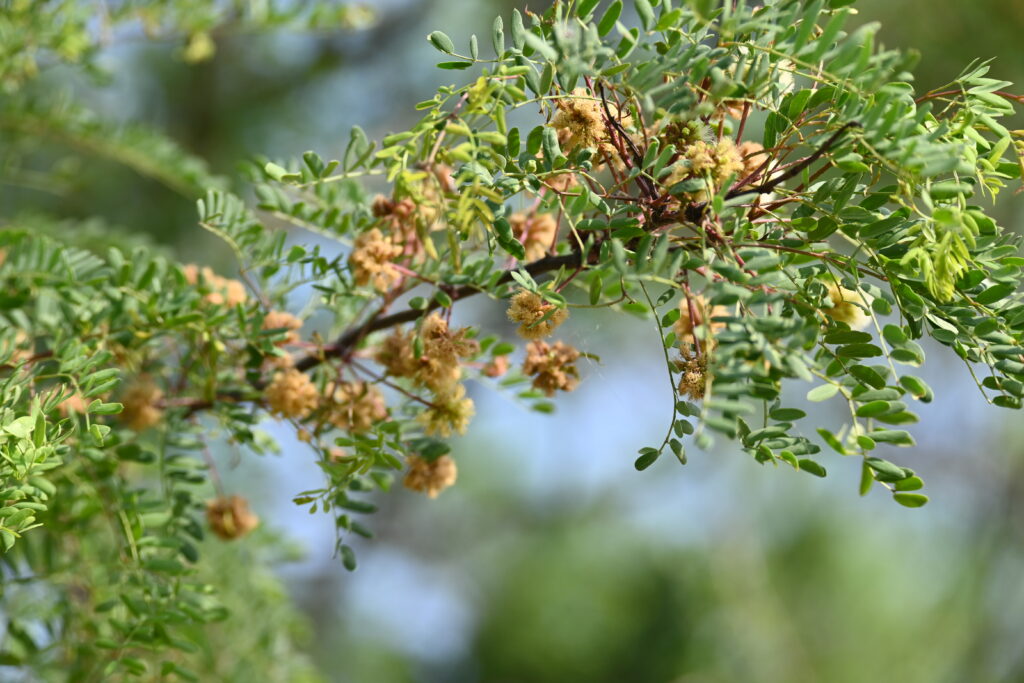
Roemer’s acacia is a shrub that can grow from 15 to 20 feet in height and has a spread of 10 to 15 feet. It is a perennial, deciduous shrub that prefers sand, clay, gravelly, rocky, or limestone soil types. It requires full sun, and, once established, requires very little water to survive. It blooms in the Spring. Flower color varies from white to green. It provides both nectar and seeds for wildlife.
Native Plant Society of Texas
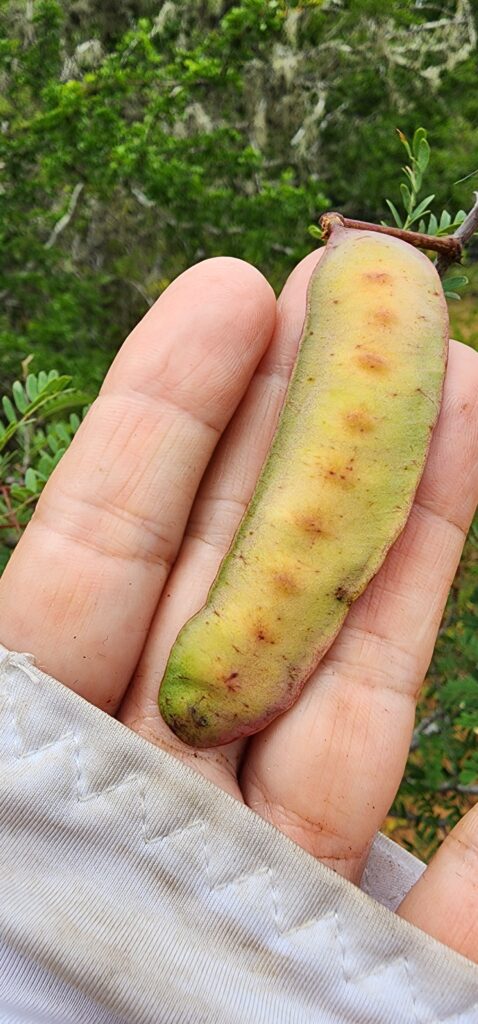
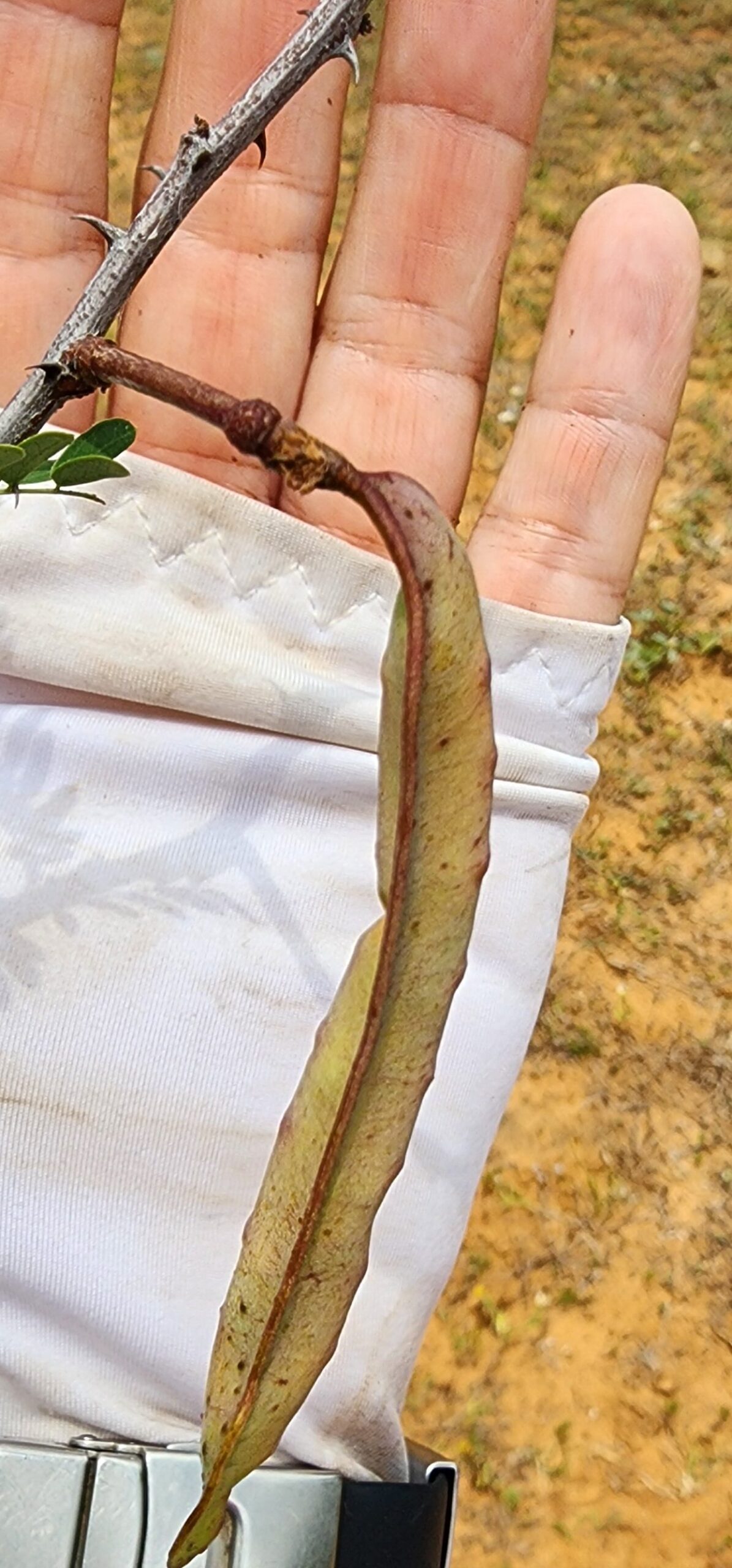
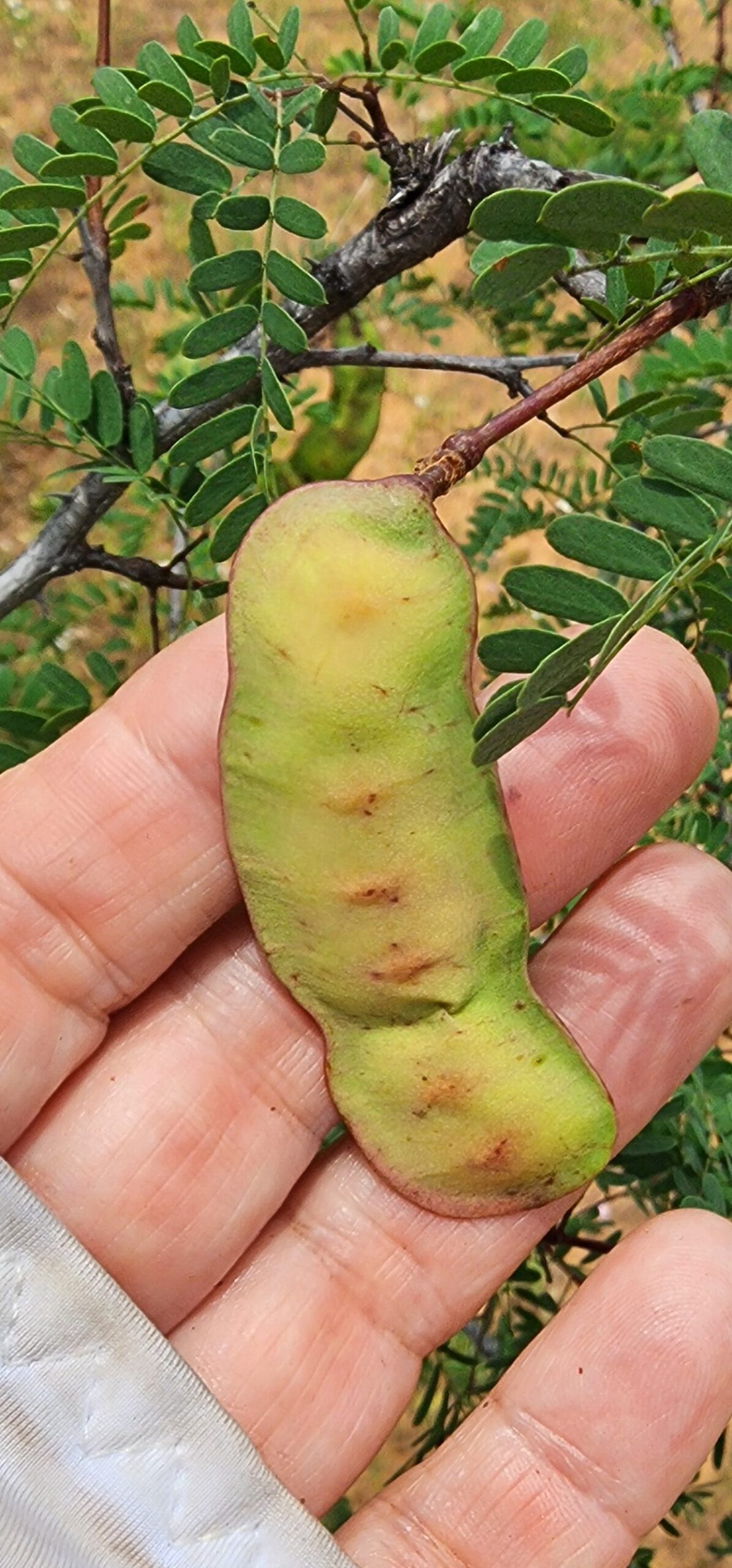
Leguminosae (Fabaceae)
“Roemer Acacia grows in dry limestone or gravelly soils. In good, deep soil it grows to 15′-20′, although on thin limestone hillsides in Edwards County it is a scraggly shrub of 3′ to 6′. It is drought resistant and fairly cold hardy, as are Gregg and Wright Acacia. Its globe-shaped flowers are a good source of honey.”
Texas Native Plant Database
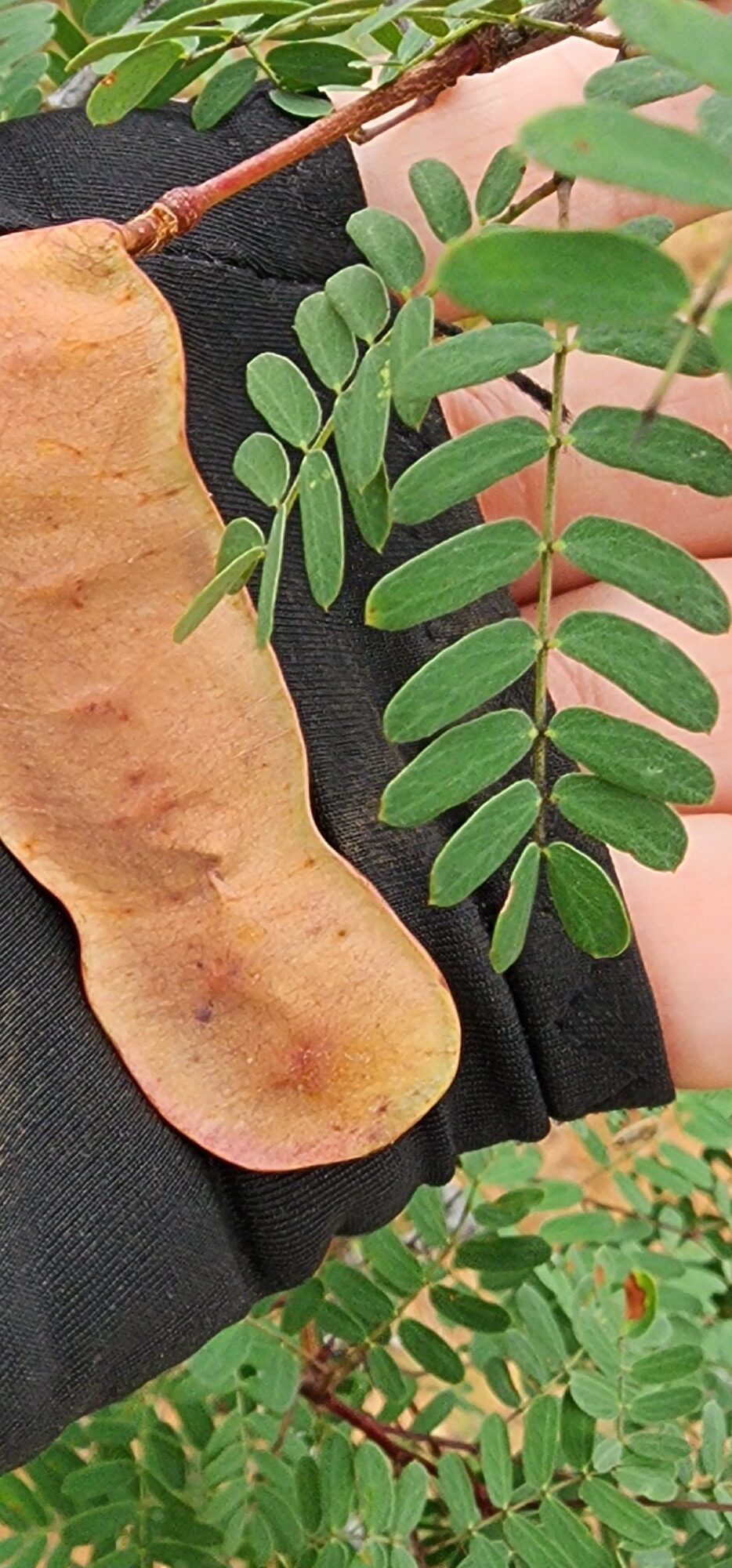
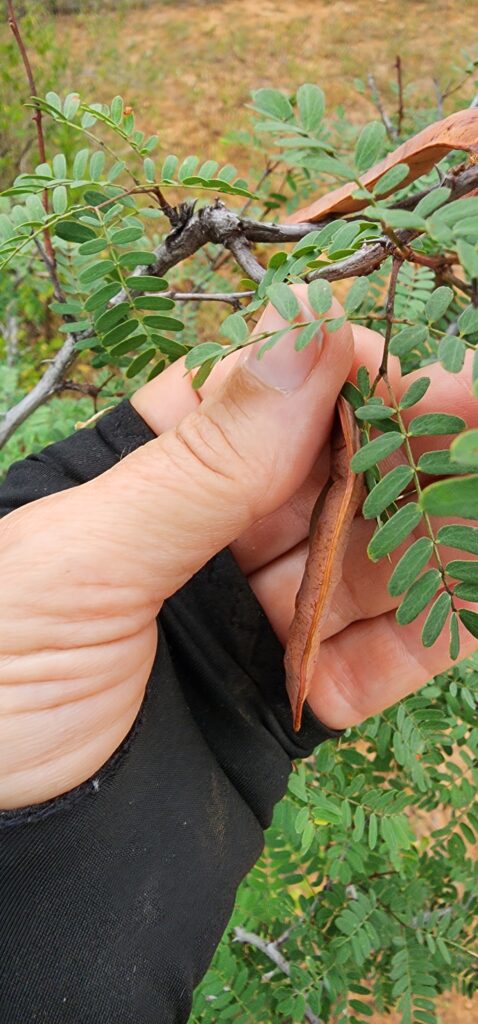
“Fruit Characteristics: pods, flatter and not as twisted as Gregg Acacia’s.”
Texas Native Plant Database
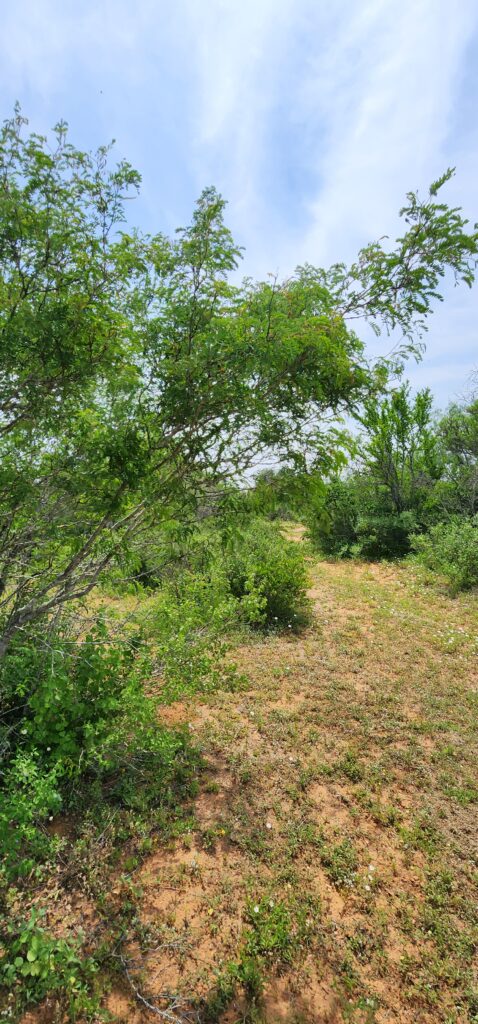
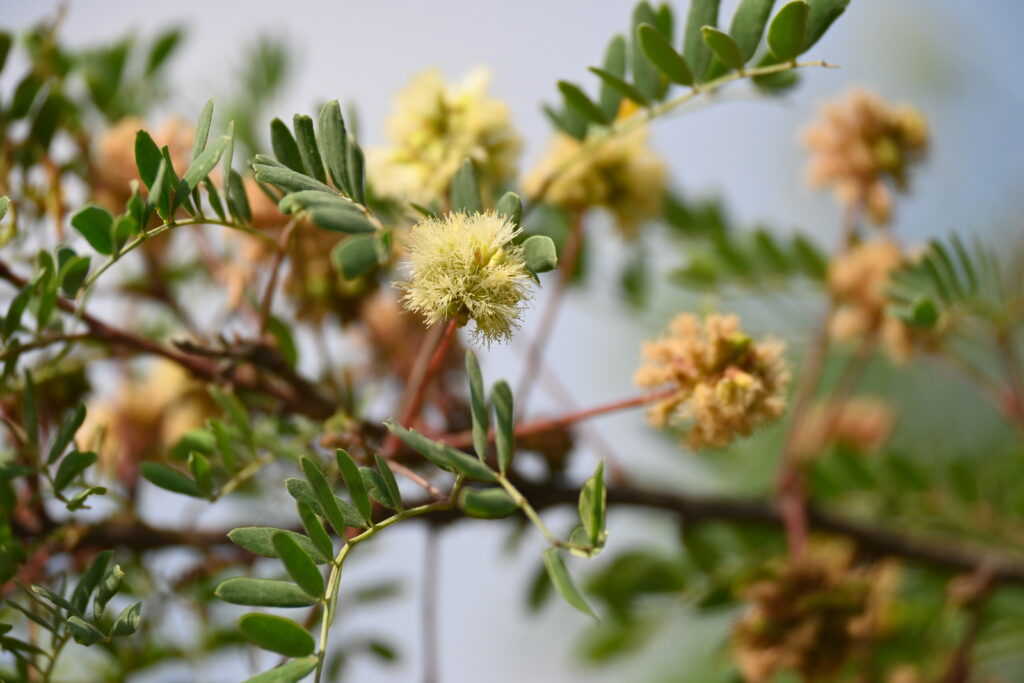
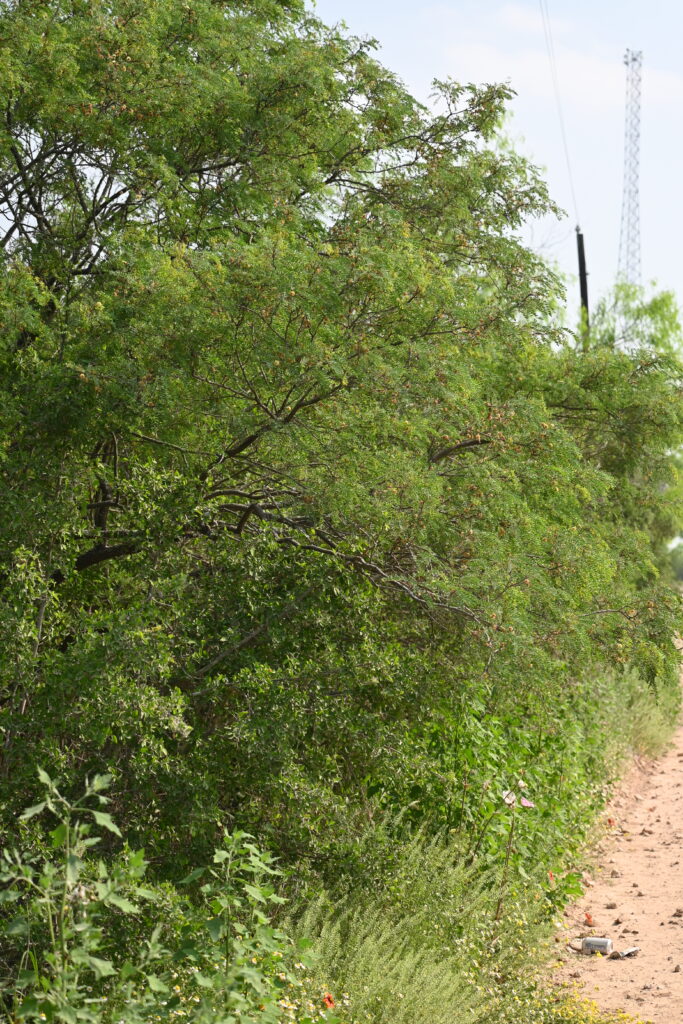
Want to share with others?
References:
Archives
- American Badger
- Amphibians
- arachnid
- Arboretum
- Archaeology
- Astronomy
- At the water's edge ~ Stealth Cam Videos
- Bats on the Sand Sheet
- Birds
- Cacti
- Canid
- Chicle – a silly, fun-loving, stealthy Donkey
- Cochineal
- Coma
- Donkey Tails: The Life and Times of Chicle
- Epiphytes
- Fauna
- Flora
- Flowering
- insect
- Insects
- Lechuza
- lizard
- Loeflingia squarrosa
- Long-horned Bee
- mammal
- Mesoxaea texana
- Micrographs
- mite
- Mosses
- Mothing
- Native Bees
- Nature is my classroom.
- Nature Stories
- Night Pollinators
- Nights on the Sand Sheet
- non-insect Arthropods
- owls
- Pollinators
- Protoxaea gloriosa
- rabbit
- Reptile
- Reptiles
- Sand Sheet Geology
- Shrubs and Bushes
- Skies over El Mesteño
- snake
- Snoop the Horse
- spider
- Tamaulipan Thornscrub
- Texas Native Bee
- Thorn Forest
- Thorn Thicket
- Tortoise
- Tracks
- Vines
- Wildflowers
- Wildflowers
- May 2025
- October 2024
- September 2024
- August 2024
- May 2024
- March 2024
- December 2023
- September 2023
- August 2023
- June 2023
- May 2023
- November 2022
- November 2021
- August 2021
- February 2021
- September 2020
- June 2020
- May 2020
- March 2020
- February 2020
- October 2019
- September 2019
- August 2019
- June 2019
- May 2019
- April 2019
- March 2019
- February 2019
- January 2019
- December 2018
- Mesoxaea texana update from the South Texas Sand Sheet, and guess what? The Protoxaea gloriosa are back!!!!!!!
- “Male Mesoxaea texana on the South Texas Sand Sheet”
- “Female Mesoxaea texana on the South Texas Sand Sheet”
- “Making more Mesoxaea texana on the South Texas Sand Sheet”
- “Mesoxaea texana nectaring on Waltheria indica on the South Texas Sand Sheet!”

